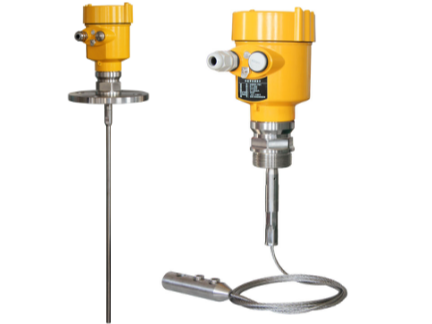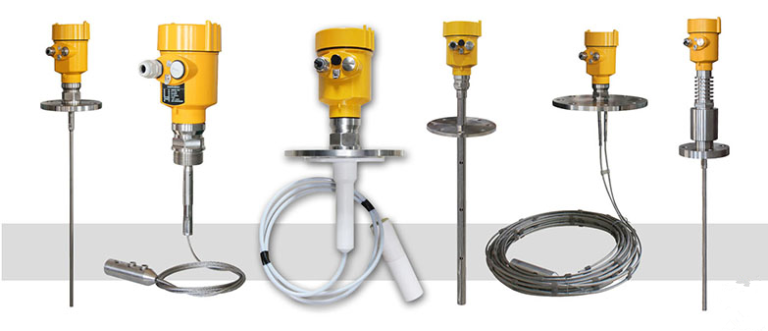Some conditions are more complex and non-contact radar level meters are less suitable. This is when a single cable-guided wave radar level meter with a more concentrated signal is chosen for level measurement. However, after installation, the cable appears to be touching the wall. How can this be resolved? Let’s first look at an example and see how the engineers involved solved it.
A company once chose a rod-type guided wave radar level meter when measuring media such as trichlorosilicon. However, due to problems with transport, the rod-type guided wave radar level meter was replaced with a single cable-type guided wave radar level meter. The single cable-type level meter was installed in a ø50 mm bypass tube. During commissioning, the result was that the cable touched the wall.

After much deliberation, the relevant leaders offered the following solution.
Firstly, if the tank range exceeds 2650 mm, the single cable type guided wave radar level meter installed in the bypass tube will be replaced by a ø50 mm bypass tube with a ø80 mm one while increasing the weight of the hammer.
Secondly, for tanks with a range of 1800 mm for trichlorosilicon and 1800 mm to 2300 mm for aqueous media, only the weight of the hammer is increased and everything else remains the same.

After the above adjustments, the cable-guided radar level meters in the various storage tanks rarely touch the wall.
From this existing case, it is easy to see that no matter what kind of radar level meter has a problem, it is important not to generalize and to choose a different solution depending on the specific situation. In addition to increasing the weight of the hammer and changing the size of the bypass tube, there is also the option of adding a centering ring to the cable-type guided wave radar level meter. As to which way is ultimately used, the choice still needs to be analyzed on a case-by-case basis.
